How to Choose the Right Fire Sprinkler System for Your Building
Personalized Solutions for Your Needs
When it comes to fire safety, choosing the right fire sprinkler system is critical. Every building has unique needs, and a properly selected fire sprinkler system can make a significant difference in protecting lives, property, and ensuring compliance with fire safety codes. ASAP Fire Sprinkler Protection specializes in helping property owners make informed decisions about fire sprinkler systems, offering tailored solutions based on the type of building and its specific requirements. Here’s a guide on how to choose the right system for your property.
1. Assess the Type of Building
Fire sprinkler systems come in various types, and the nature of your building—whether it’s residential, commercial, or industrial—plays a key role in determining the right system. For example:
- Residential Buildings: Typically require a system designed to protect occupants and reduce property damage. Wet pipe systems are common in homes and small apartments.
- Commercial Buildings: Depending on the building’s size and purpose, such as offices, warehouses, or retail spaces, a more robust system may be needed.
- Industrial Buildings: Larger facilities like factories or warehouses may require special considerations such as dry pipe systems for cold areas or deluge systems for high-risk zones.
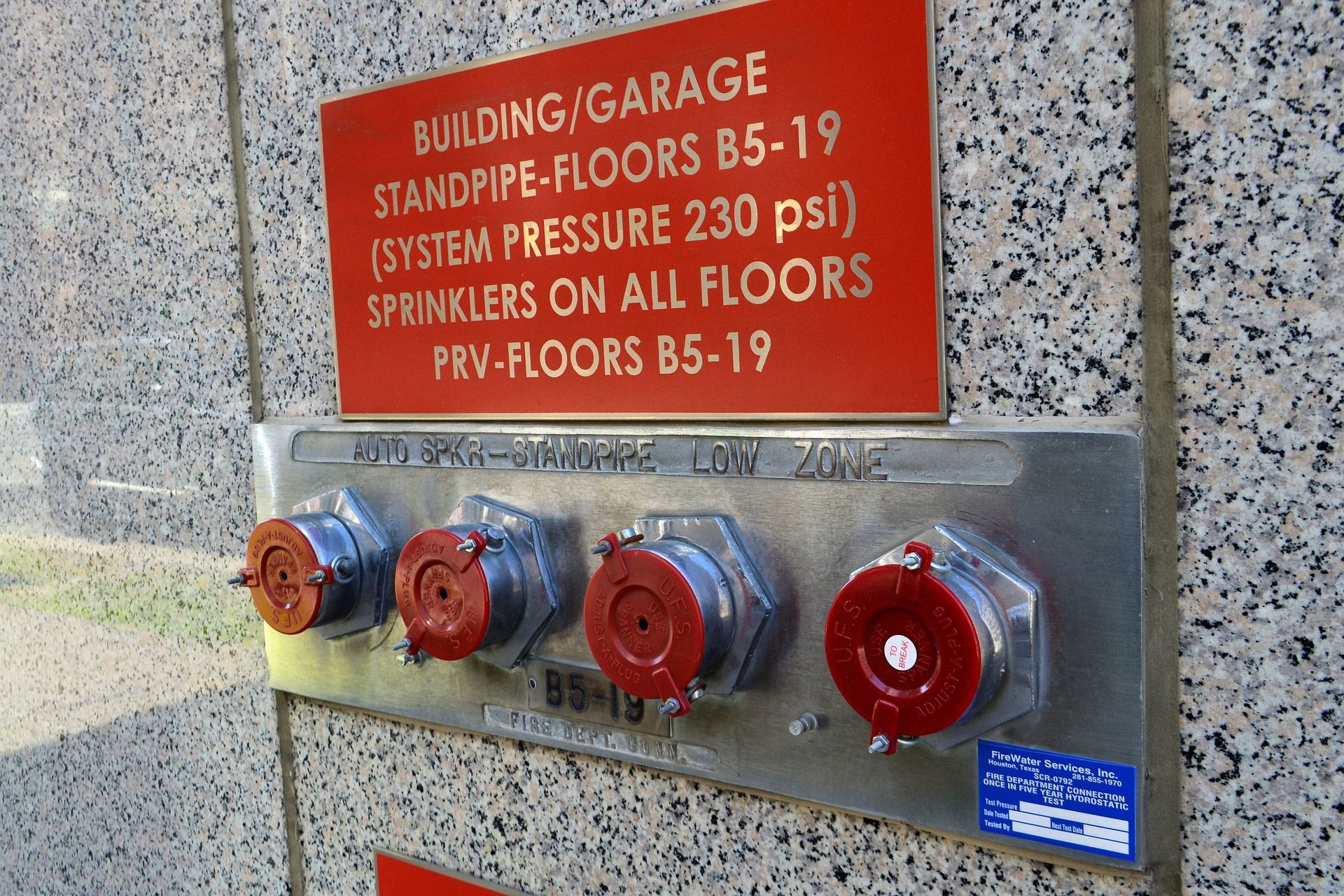
2. Consider Environmental Conditions
Different environments call for different fire protection strategies. For instance:
- Cold Environments: For unheated spaces or outdoor areas, dry pipe systems or pre-action systems are ideal as they prevent water from freezing inside the pipes.
- Sensitive Areas: In places with valuable electronics or documents (such as data centers), clean agent or pre-action systems might be preferable, as they minimize water damage.
3. Types of Fire Sprinkler Systems
Here are some of the most common
fire sprinkler systems, each suited to different building needs:
- Wet Pipe Systems: The most common and straightforward system, where water is stored in the pipes and immediately discharged when the sprinkler heads are triggered by heat. Ideal for commercial and residential buildings.
- Dry Pipe Systems: In environments prone to freezing, dry pipe systems store pressurized air in the pipes, and only release water when the sprinkler heads activate.
- Pre-Action Systems: These systems require two triggers (heat and smoke) before water is released, making them ideal for places where accidental water discharge could cause significant damage.
- Deluge Systems: These systems release large amounts of water over a broad area, often used in high-risk industrial environments like chemical plants or oil refineries.

4. Tailor Your System for Special Requirements
If your building has unique hazards or requirements, a standard system might not be enough. For instance:
- High-Risk Areas: If your building contains flammable materials, a deluge or foam system might be necessary.
- Heritage or Historic Buildings: Systems may need to be designed to preserve the architectural integrity of the building while still providing protection.
5. Work with a Professional Fire Sprinkler Provider
Choosing the right system involves careful consideration of multiple factors, and working with an experienced company like ASAP Fire Sprinkler Protection ensures that your system is designed and installed correctly. ASAP will evaluate your building’s needs, local fire codes, and insurance requirements to recommend the most appropriate system.

6. Ongoing Maintenance and Inspections
Once your fire sprinkler system is installed, it’s essential to keep up with regular inspections and maintenance. ASAP Fire Sprinkler Protection offers comprehensive maintenance services to ensure that your system continues to function properly and meets all regulatory requirements.
Selecting the right fire sprinkler system is a crucial step in ensuring the safety of your building and its occupants. With over 30 years of experience in the industry, ASAP Fire Sprinkler Protection is equipped to help you choose, install, and maintain the perfect system for your property. Whether you need a simple wet pipe system for a small commercial building or a more complex system for a large industrial space, ASAP has the expertise to get the job done right.
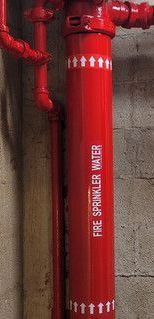



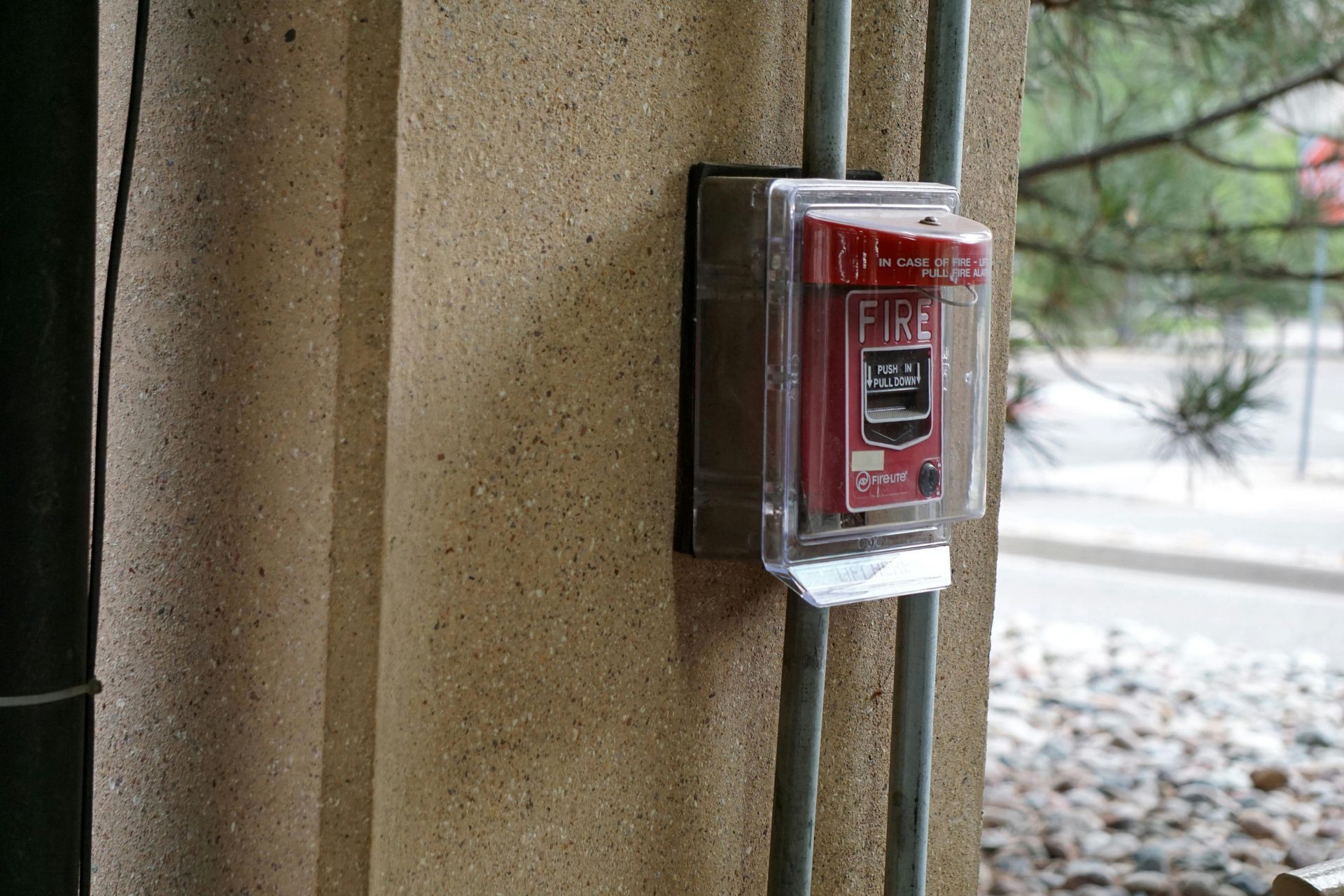
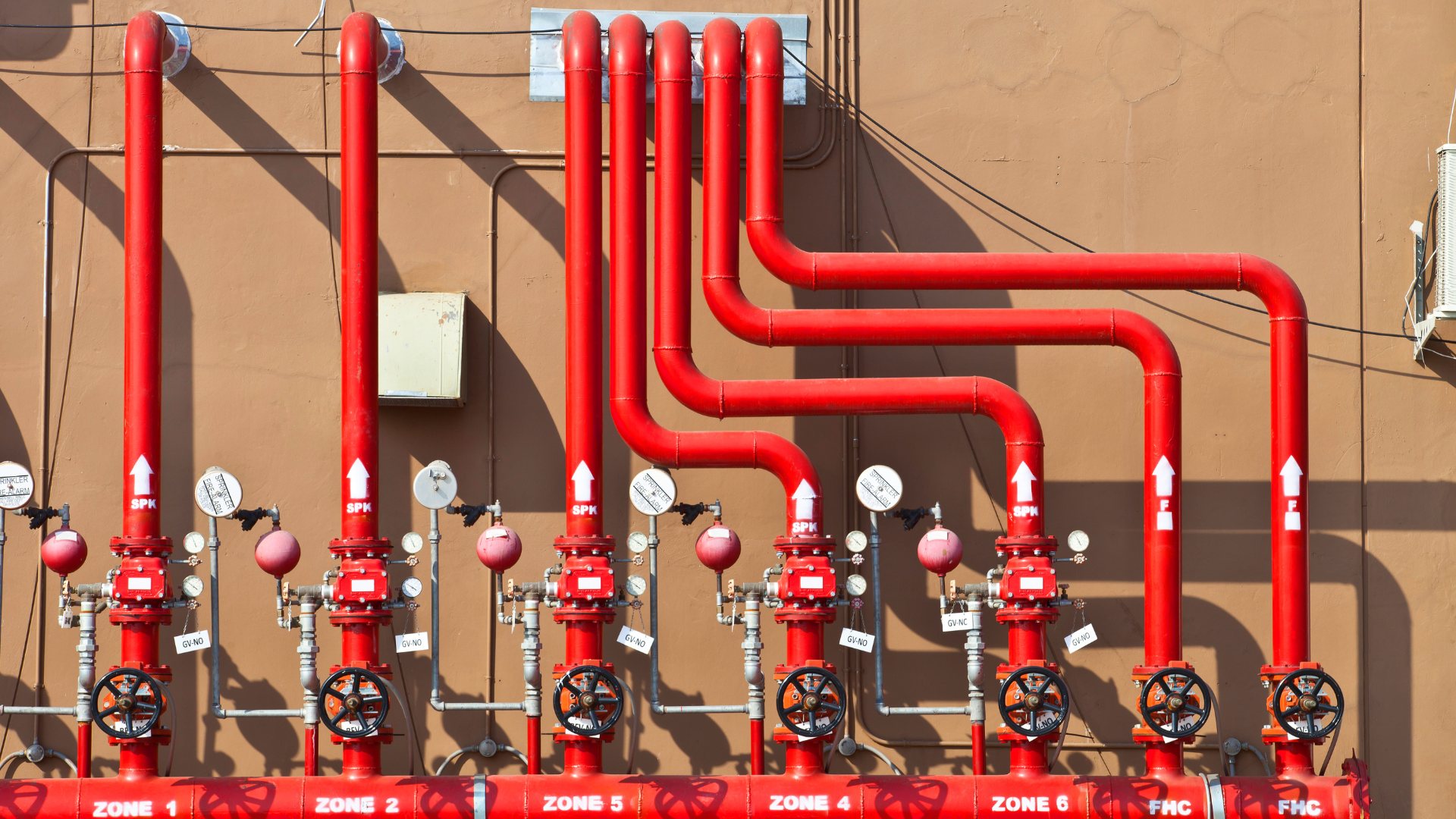


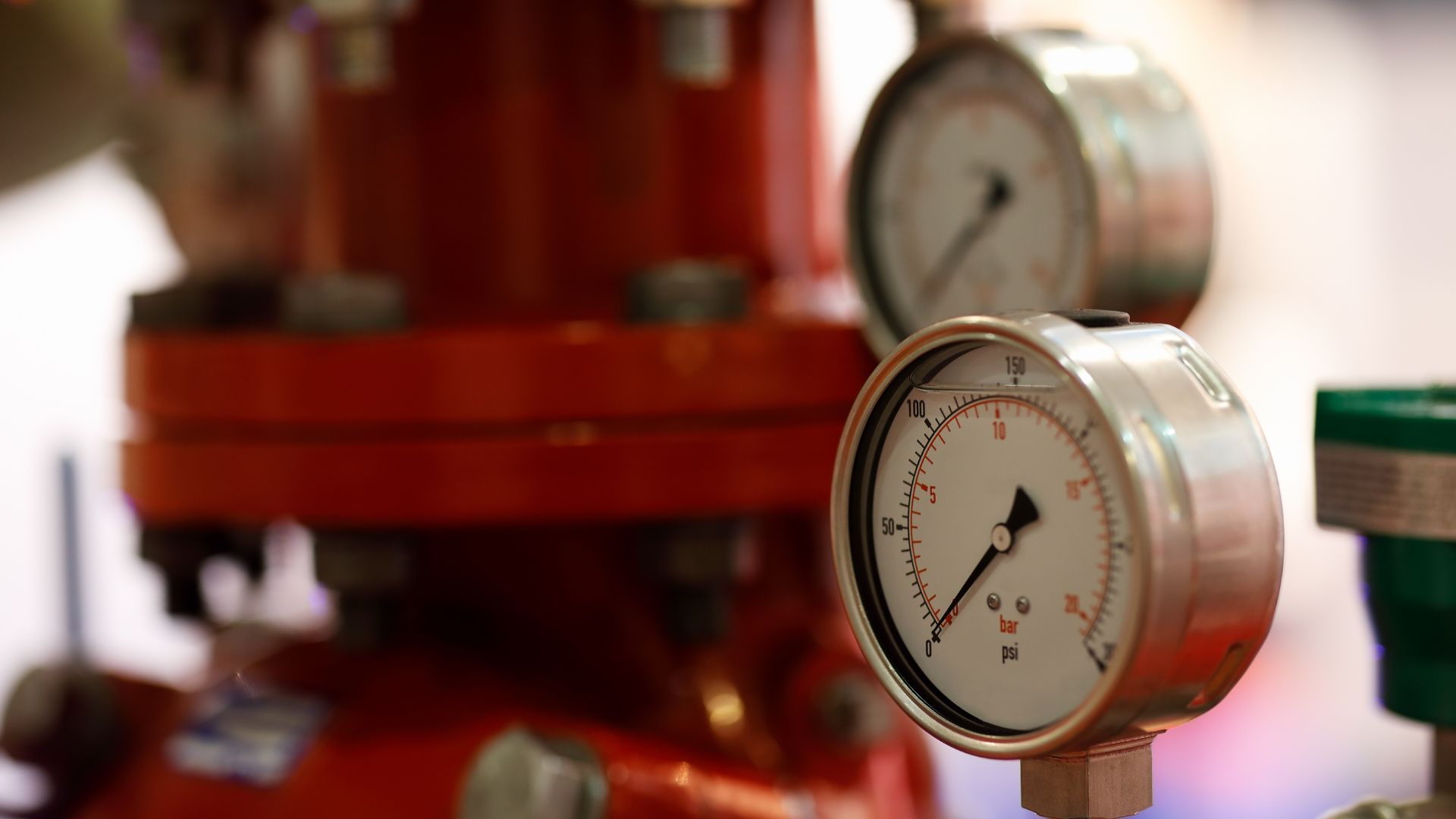

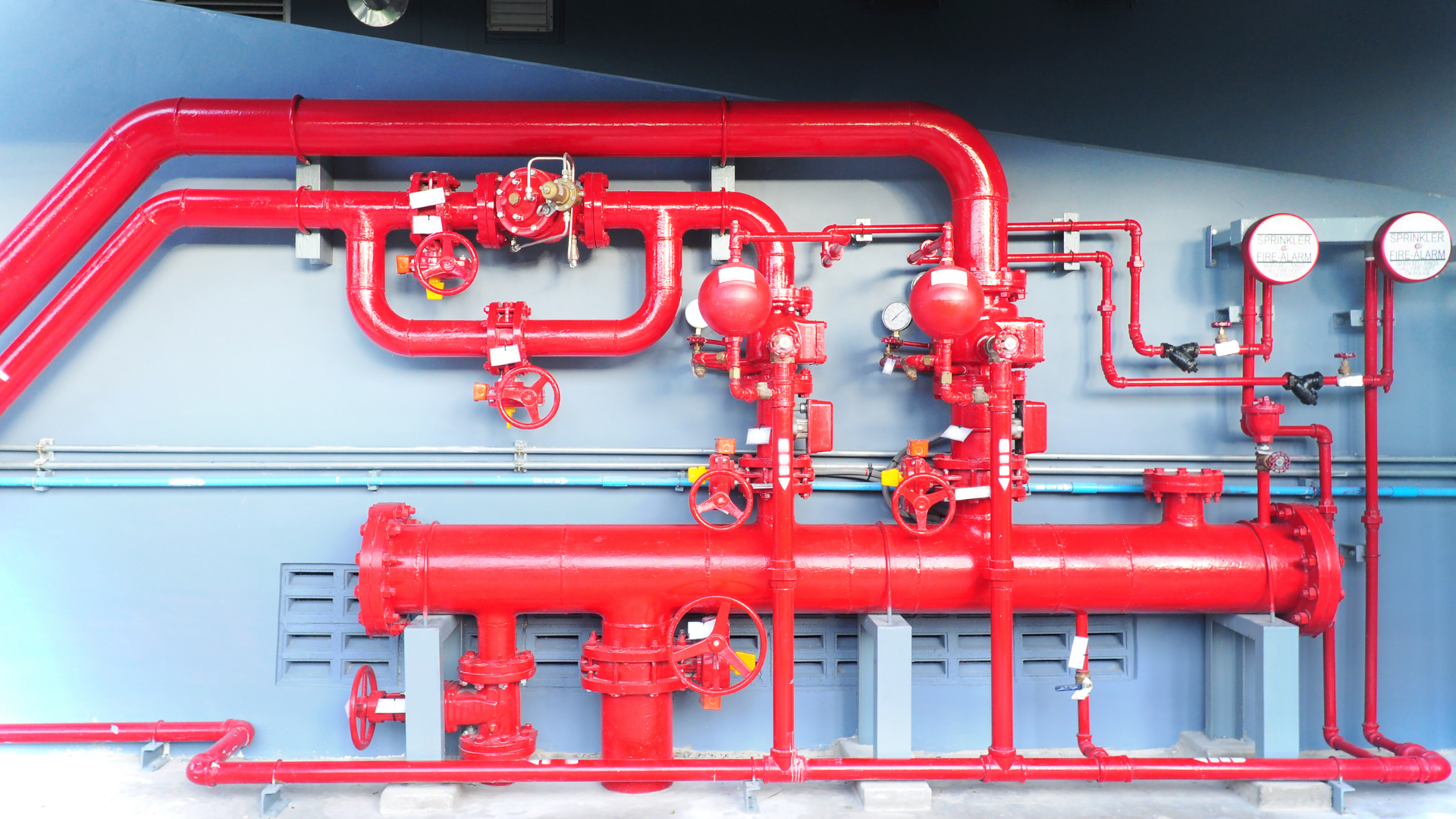

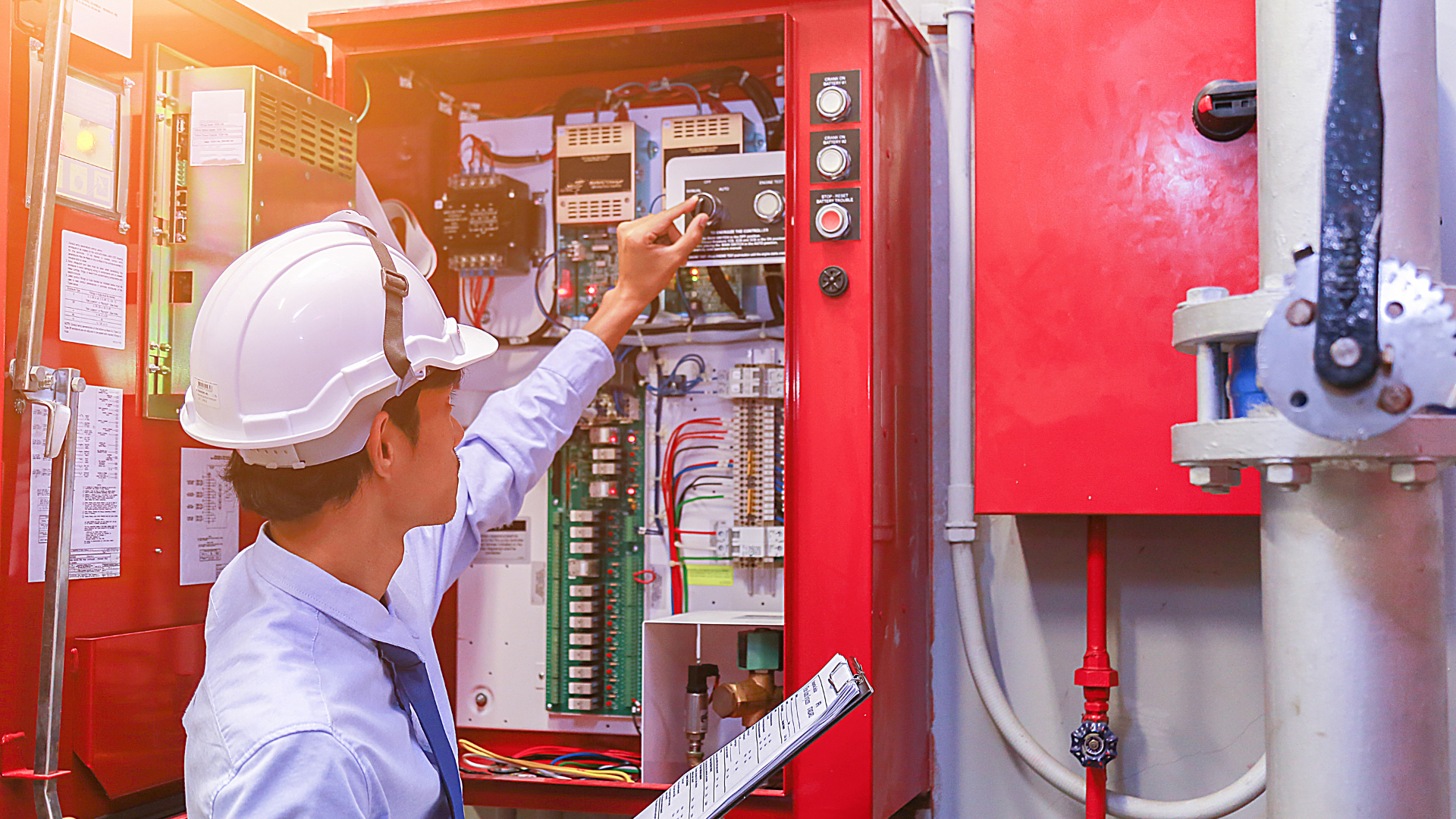
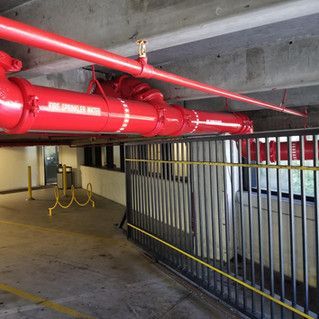
All Rights Reserved | ASAP Fire Sprinkler Protection LLC

